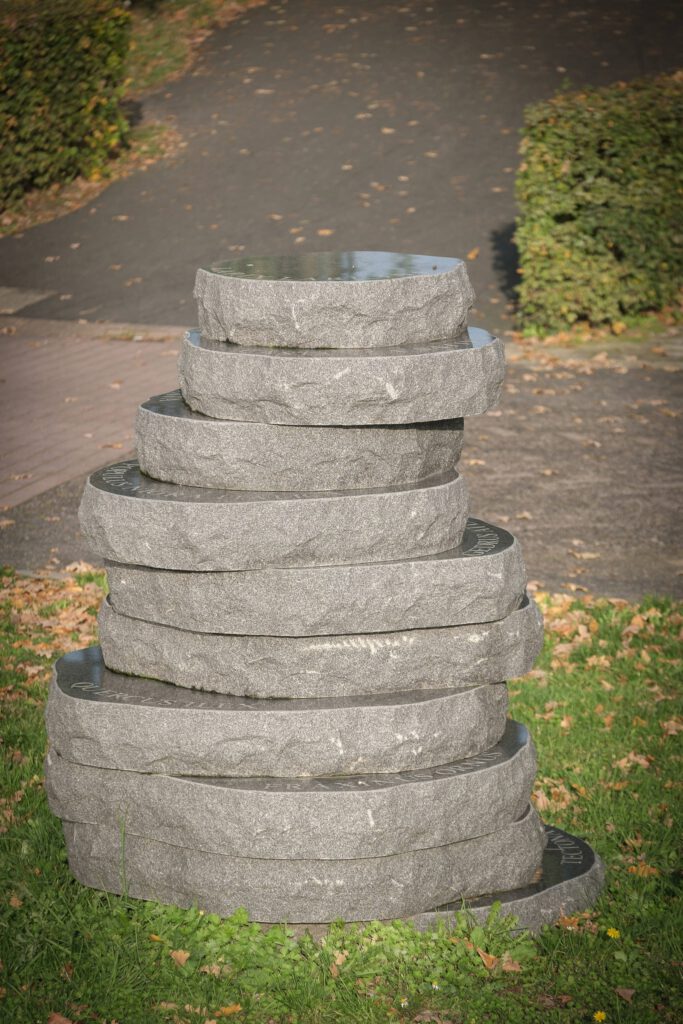De Zaaier / The Sower, August Falise (1926)

The symbolic meaning of The Sower is evident to all who pass it. The work, based on a design by Wageningen artist Auguste Falise (Wageningen, 1875-1936), was unveiled in 1926 on the square outside the main building of the former Agricultural College in celebration of its 50th anniversary. Falise described his design as a ‘…symbol of the blessing spread by the Agricultural College…’
The Sower is believed to have been modelled after Benjamin Spee, who worked at the Agricultural College. Falise initiated and designed the statue but did not sculpt it himself. He created several works for the university, including a plaque of Professor Aberson and a bust of Professor Ritzema Bos.
In 1990 The Sower was relocated to the entrance of the new administration centre on Costerweg. The statue was relocated again in early 2012, when the centre moved to the Atlas building.
More info at: WUR Image Collections






























